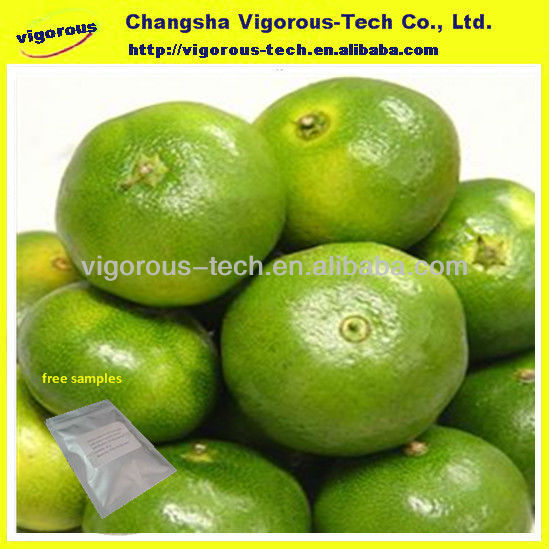- Extract Powder
-
- Fragrant Solomonseal Extract
- Elsholtzia Ciliata Extract
- Wormwood extract
- Red Radish Extract
- Arnica Extract
- Blue Lotus Extract
- Star Anise Extract
- Saxifraga Extract
- Red Bean Extract Powder
- Cistus Creticus Extract
- Luo Han Guo Extract Powder
- Saffron Extract
- Cranberry Extract
- Swertia Bimaculata Extract
- Ligustrum Extract
- White Willow Bark Extract
- Butterbur Extract
- Tongkat Ali Extract
- Grapefruit Extract
- Coix Seed Extract
- Carob Extract
- Lupinus Albus Extract
- Horse Chestnut Extract
- Kava Extract
- Dracocephalum Extract
- Olive Leaf Extract
- Lycoris Radiata Extract
- Schisandra Extract
- Scutellaria Extract Powder
- Semen Coicis Extract
- Sabah Snake Grass Extract Powder
- Phellinus Linteus Extract
- Lycium Extract
- Apple Extract
- Sophora Japonica Extract
- Lungwort Extract
- Acai Berry Extract
- Macleaya Cordata Extract
- instant green tea powder
- melissa officinalis extract
- dandelion extract
- ajuga turkestanica extract
- sesame extract
- rhodiola extract
- filipendula ulmaria extract
- chanterelle mushroom extract
- instant jasmine tea powder
- cistanche extract
- agaricus blazei extract
- agaricus bisporus extract
- agrocybe aegerita extract
- antrodia camphorata extract
- astragalus extract
- auricularia auricula extract
- bilberry extract
- black currant extract
- centella asiatica extract
- chlorella powder
- coprinus comatus extract
- cordyceps Extract
- coriolus versicolor extract
- desmodium extract
- Ecklonia Cava Extract
- epimedium extract
- eucommia extract
- evodia extract
- fenugreek extract
- fisetin extract
- flammulina velutipes extract
- fo-ti extract
- fucoxanthin extract
- ginkgo biloba extract
- ginseng extract
- grape seed extract
- graviola extract
- green coffee bean extract
- green tea l-theanine
- hawthorn extract
- hericium extract
- honeysuckle flower extract
- inonotus obliquus extract
- instant black tea powder
- kacip fatimah extract
- lovage extract
- luo han guo extract
- lutein extract
- lycium extract
- maitake mushroom extract
- mulberry extract
- muskroot extract
- olive leaf extract
- oolong tea extract
- phellinus linteus extract
- pine bark extract
- pomegrante extract
- polyporus umbellatus extract
- poria cocos extract
- pu erh tea extract
- pumpkin seed extract
- pleurotus eryngii extract
Naturopathic Green Tangerine Peel Extract 8:1 10:1 20:1 with Favourable Price
2016-10-14

The tangerine (Citrus tangerina) [1] is an orange-colored citrus fruit that is closely related to, or possibly a type of, mandarin orange (Citrus reticulata).
The name was first used for fruit coming from Tangier, Morocco, described as a mandarin variety. [2] Under the Tanaka classification system, Citrus tangerina is considered a separate species. Under the Swingle system, tangerines are considered to be a group of mandarin . (C. reticulata) varieties [3] While tangerines genetically resemble mandarins, [3] the genetics are still not thoroughly studied. [dubious - discuss] [4] [5] [6] The term is currently applied to any reddish- orange mandarin [citation needed] (and, in some jurisdictions, mandarin-like hybrids, including some tangors [7] [8]), but the term "tangerine" may yet acquire a definite genetic meaning.
Tangerines are smaller and less rounded than common oranges. The taste is considered less sour, as well as sweeter and stronger, than that of an orange. [9] A ripe tangerine is firm to slightly soft, heavy for its size, and pebbly- skinned with no deep grooves, as well as orange in color. The peel is very thin, with very little bitter white mesocarp, [10] which makes them usually easier to peel and to split into segments. [citation needed] All of these traits are shared by mandarins generally.
Peak tangerine season lasts from autumn to spring. Tangerines are most commonly peeled and eaten out of hand. The fresh fruit is also used in salads, desserts and main dishes. The peel is used fresh or dried as a spice or zest for baking and drinks , and eaten coated in chocolate. Fresh tangerine juice and frozen juice concentrate are commonly available in the United States. The number of seeds in each segment (carpel) varies greatly.

